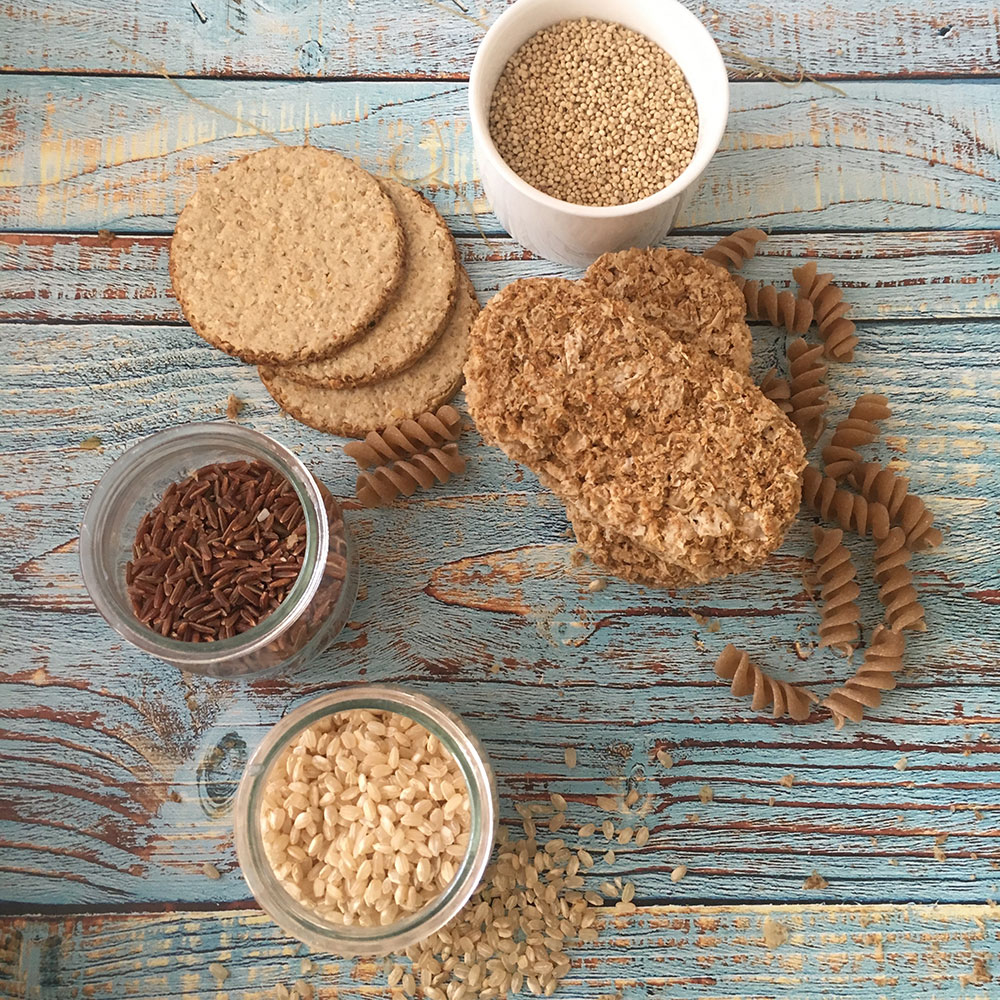
Fibre is all over the papers this week and there are lots of goods reasons for that. Firstly, fibre can support our gut health and reduce the risk of chronic disease like diabetes, cardiovascular disease and cancer. Secondly, we don’t get enough roughage in our modern and more-processed-than-ever diet and lastly because of the impact of low-carb and veggie-poor diets.
Fibre facilitates the excretion of excess oestrogen. Short Chain Fatty Acids (SCFAs for short) are produced as the result of fibre fermentation and reduce levels of bacteria that produce β-glucuronidase, an enzyme which can decouple oestrogen, freeing it up to be reabsorbed and therefore unbalance our oestrogen, testosterone and progesterone levels.
Fibre also facilitates the excretion of toxins after the liver has metabolised them, supports healthy gut bacteria and keeps you fuller for longer and therefore helps control sugar cravings and keeps you regular.
Lastly, fibre facilitates excretion of testosterone and testosterone via increased sex hormone binding globulin (SHBG)
Soluble vs insoluble fibre
Soluble fibre is water-soluble and turns into a gel-like substance, slowing down the movement of food through the small intestine so we can absorb nutrients more effectively. Soluble fibre reduces reabsorption of bile so we excrete more and the body has to produce more from LDL cholesterol, reducing its levels in the body. Soluble fibre also support your gut bacteria balance. Sources of soluble fibre are: whole-grain cereals, many vegetables and fruit with skin, nuts and seeds especially linseed/flaxseed and chia seeds.
 Insoluble fibre speeds up intestinal transit and promotes regularity. Sources of soluble fibre include oats, peas, beans, apples, nuts, seeds especially ground linseed/flaxseed and chia seeds and citrus fruits: one portion (closed fist) provides 1-3g of soluble fibre. Oats, barley and psyllium, mushrooms, seaweed, and are high in beta-glucan, a soluble form of fibre, which reduces cholesterol.
Insoluble fibre speeds up intestinal transit and promotes regularity. Sources of soluble fibre include oats, peas, beans, apples, nuts, seeds especially ground linseed/flaxseed and chia seeds and citrus fruits: one portion (closed fist) provides 1-3g of soluble fibre. Oats, barley and psyllium, mushrooms, seaweed, and are high in beta-glucan, a soluble form of fibre, which reduces cholesterol.
Carbs and fibre
Start the day with a wholegrain like porridge or muesli, seeds and nuts and a good helping of berries. If you are a toast fan, move to wholegrain and seeded breads.
Make green butter – Yeap, use avocado instead of butter and drizzle with extra virgin olive oil. Yuuum!!

Snack on carrots and hummus, oatcakes and nut butter, popcorn or make your own energy bars.
Ensure your lunch contains a wholegrain cereal and 2-3 vegetables (more if you are avoiding carbs!)
Come to dinner, have a portion of good protein and ensure 1/2-3/4 of your plate are veg – the more colours the better
Pushed for time?? Still no excuse to go low in fibre.
1- Try to make a smoothie for breakfast with 3 or more fruit and veg.
2- Make veggie packed soups and freeze them in lunch size containers to take to work
3- Carry nuts and seeds with you to avoid snacking on sugary stuff
4- Swap your animal protein for beans and pulses 3x a week – bean stews or salads, hummus, minestrone.
5- When eating out, forget about the bread basket if it’s all pale looking. Check out the sides menu and order a couple of veg to go wih your main and make sure your starter has at least one veggie in it.
Any questions? Please get tin touch, we’d love to hear from you! Just drop us a line on info@puplecarrotnutrition.co.uk.
For a full version of this article including references, please email info@purplecarrotnutrition.co.uk.
If you would like to hear about new postings, please join our mailing list.